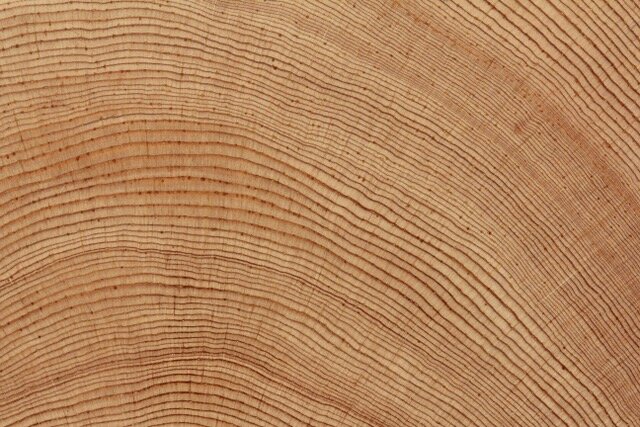Guest Blogger: James Johnston
Dendroecology is the application of tree-ring analysis to ecological questions. North American conifers tend to live for a long time and they lay down annual growth rings that can be used to learn all sorts of interesting things about the past.
One of the oldest and most interesting uses of dendroecology is fire history reconstruction. We often only have several decades of reliable direct observation of fire in many landscapes. Tree-ring based fire reconstructions allow us to gain knowledge about fire occurrence over hundreds of years. Disturbance processes have often been significantly altered by management practices over the last 100 years, and so tree-ring fire histories allow us to determine what the natural range of variability—or natural fire regime—is like for different forests.
Our tree ring lab at OSU is currently working to reconstruct fires along the upper Middle Fork Willamette River in the vicinity of the Forest Service’s Youngs Rock-Rigdon project area. Information about the natural range of variability in fire disturbance should be useful in designing silviculture treatments that will restore historical structure and composition.
Tree ring-based fire history reconstructions are painstaking and time consuming. The first part of the process is the most fun—searching an area of interest for fire-scarred trees. When we find a stump or old log that shows evidence of past fire, we saw out a few cross sections with a chainsaw.
We’re looking for wood that has scars where a past fire killed the cambium—the living tissue of the tree—and the tree survived to lay down wood over the scar. The arrow in the photo points to a fire scar. We sand these samples to a fine polish so they look like this:
Trees are hydro-climatically sensitive, meaning that their annual growth varies as a function of climate. Trees lay down narrow rings in years that are warm and dry and wide rings in years that are cool and wet. The pattern of wide and narrow rings during different time periods is as distinctive and unique as human fingerprints. These unique patterns allow us to cross date—or assign to each ring a calendar year. Calculating the average length between the years where fires scarred the tree provides information about fire frequency in a given area.
All of the wood we collect in the field eventually finds its way to our tree ring lab at Oregon State University. Here’s the lab:
We have a really cool machine in the lab that we use to measure each individual tree ring to the nearest hundredth of a millimeter. We use a variety of algorithms to match the tree ring measurements to a master chronology of tree ring widths to determine in which year each ring was laid down. The big machine:






